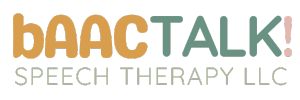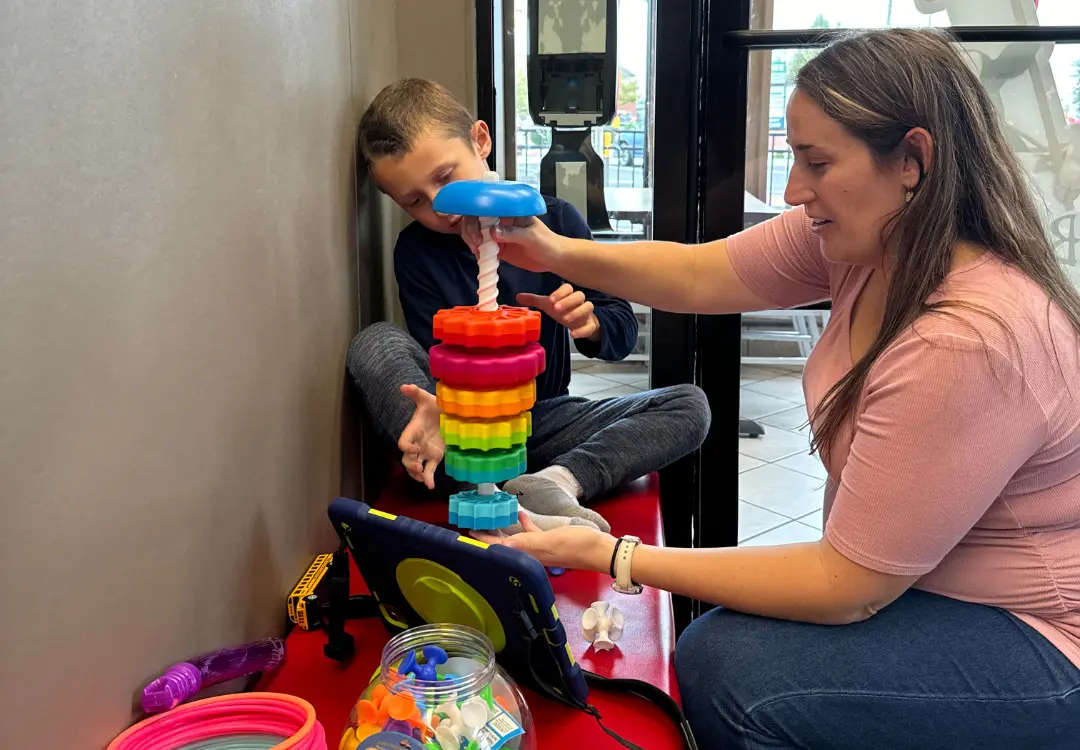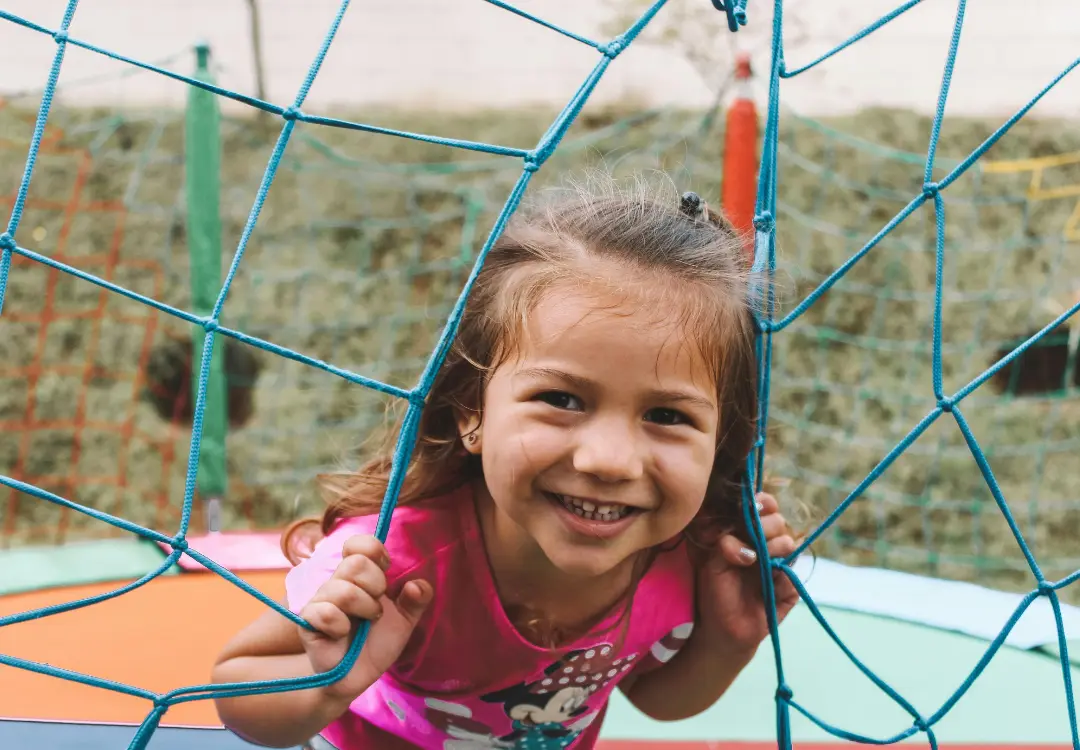When we think of speech therapy, we often imagine it happening in a traditional therapy room or clinic. But communication is something that happens everywhere—in the grocery store, at the park, in school, and at home. That’s why taking speech therapy out into the community can be incredibly powerful for a child’s progress. In this blog, we’ll explore why community-based speech therapy can be more effective, engaging, and enjoyable for children.
Real-Life Practice in Natural Environments
Speech and language skills are most useful when practiced in real-world settings. In a therapy room, children may learn how to ask questions, describe objects, or follow directions, but the true test comes when they apply these skills in everyday life. Community-based speech therapy allows children to practice communication in places they visit regularly—like playgrounds, grocery stores, and libraries—where they’ll need to use those skills.
For example, a trip to the grocery store offers endless opportunities for practicing speech: a child can ask where to find an item, describe what they see, or follow multi-step instructions to help with shopping. These real-life situations give children the chance to communicate in a meaningful, practical way.
Increased Motivation and Engagement
Therapy sessions in the community can feel more relevant and exciting for children, which often leads to better engagement and motivation. After all, it’s easier to get excited about practicing language skills while playing at a park or exploring a museum than in a therapy room!
When children are in familiar or fun locations, they may be more open to participating in therapy. Playgrounds offer a natural setting to practice social skills like taking turns, initiating conversations, and problem-solving with peers. This type of therapy feels more like play and less like work, making it easier for children to stay motivated.
Generalization of Skills
One of the biggest challenges in speech therapy is helping children generalize, or transfer, the skills they learn in therapy to their everyday lives. When therapy takes place in community settings, generalization becomes more seamless. Children practice their skills in different environments and with different people, which helps solidify those skills.
For instance, a child who is working on improving articulation might practice new sounds with their therapist at home, then continue practicing those sounds while chatting with a cashier at the mall or with friends at the park. By using their communication skills in a variety of situations, children are more likely to retain what they’ve learned and use it independently.
Family Involvement and Education
Community-based speech therapy often provides more opportunities for parents and caregivers to be involved. Whether therapy is happening at home, in a park, or at the grocery store, parents can observe the therapist’s strategies in action and learn how to reinforce those techniques outside of sessions.
This hands-on involvement not only boosts the child’s progress but also empowers parents to support their child’s communication skills in daily routines. For example, a therapist might teach a parent how to use everyday activities, like making dinner or playing a board game, to build language skills. This creates more opportunities for communication practice and strengthens the family bond.
Holistic and Functional Approach
Speech therapy in the community focuses on functional communication—skills that a child needs to succeed in real-world situations. This approach is holistic, meaning it not only addresses speech and language skills but also fosters social interaction, problem-solving, and independence.
For instance, a child who struggles with social anxiety might practice speaking in front of small groups at a local park, slowly building confidence over time. They learn not just how to speak clearly but also how to navigate social situations, solve problems, and advocate for themselves in different environments.
Give community speech therapy a try!
At bAACTalk!, we believe that speech therapy should go beyond the four walls of a clinic. By bringing therapy into the community, children can practice communication skills in meaningful, real-life situations, making their progress more relevant, engaging, and long-lasting. Whether it’s at the park, in the grocery store, or at home, speech therapy in the community helps children build confidence, independence, and the ability to communicate effectively wherever they go.
If you’re interested in learning more about how community-based speech therapy could benefit your child, reach out to us at bAACTalk! We’d love to help you explore this unique and impactful approach.





